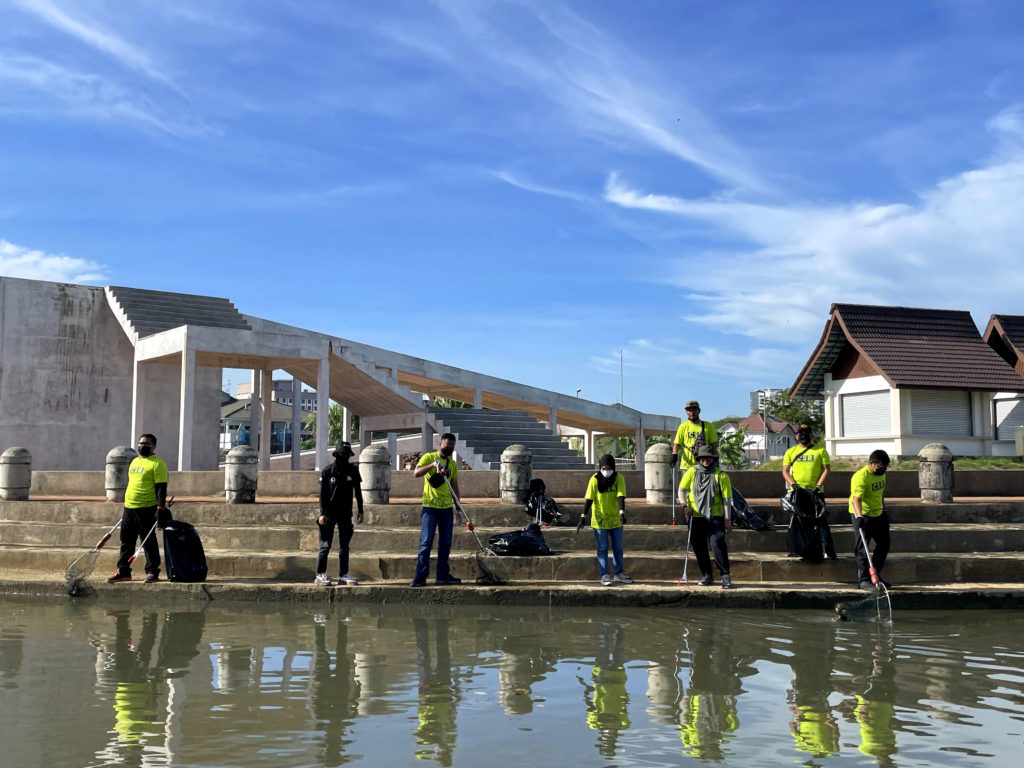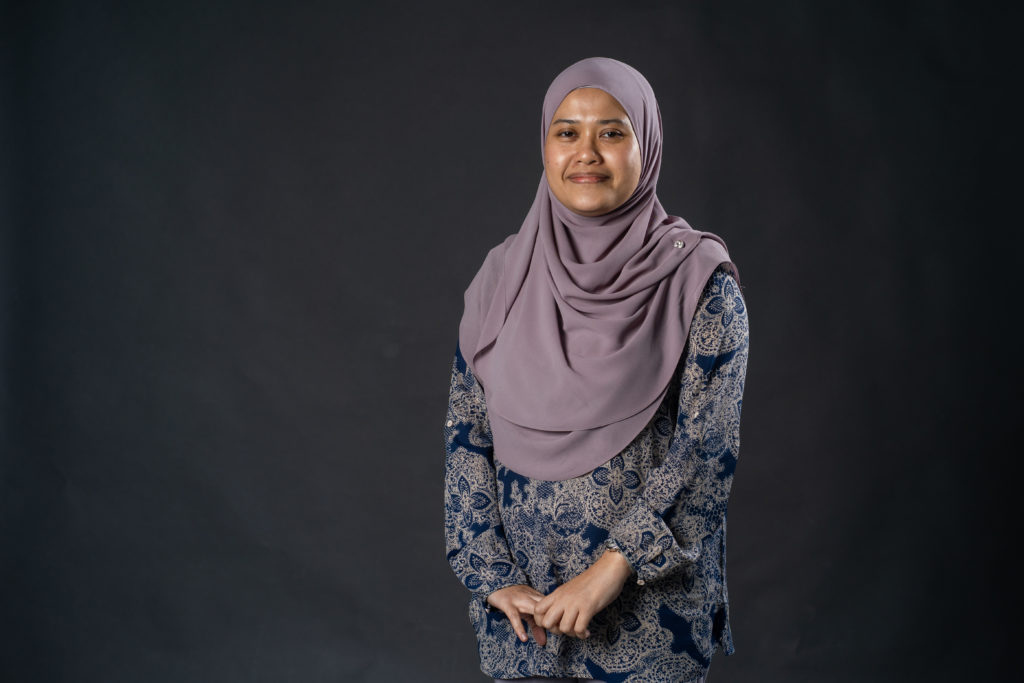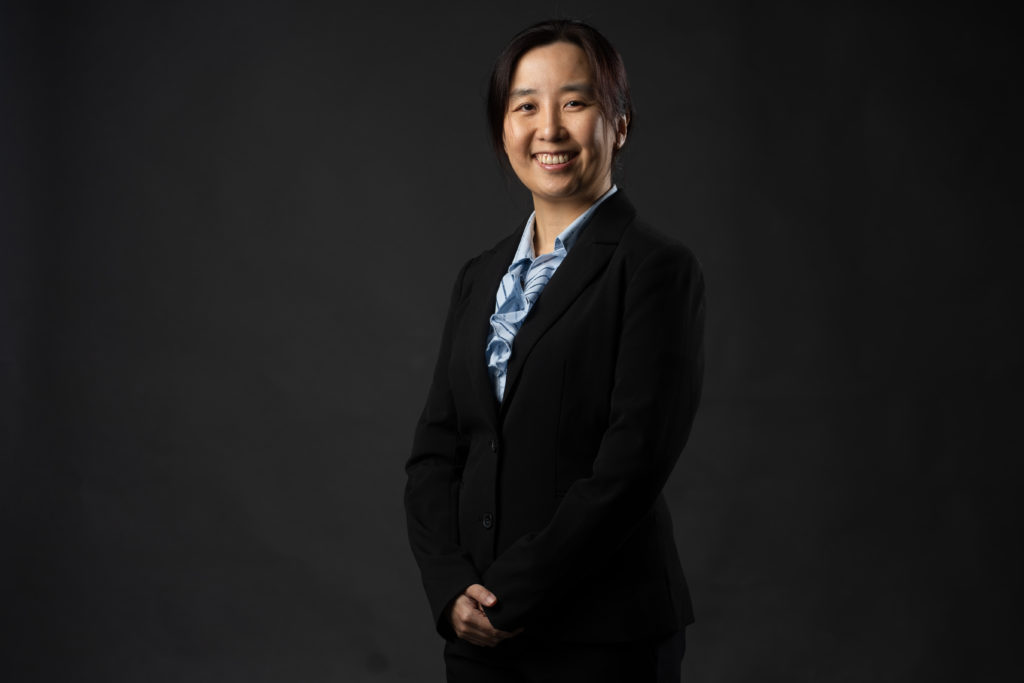
By Ir Dr Yoon Li Wan, Ir Dr Eunice Phang Siew Wei, and Ts Nurhazwani Ismail
Situated between the Indian Ocean and the South China Sea, rich in water resources from numerous rivers, lakes and reservoirs, coupled with the tropical climate and abundant vegetation, Malaysia has plentiful supply of clean water that meets international standards. This has enabled Malaysia to make significant progress in achieving UN Sustainable Development Goal 6 of ensuring access to clean water and sanitation for all.
In the following article, the authors look at how the government and chemical engineers play a significant role in identifying and analysing water pollution issues, and the possible solutions that can improve public’s overall health.
PETALING JAYA: According to the World Health Organization, 98 percent of Malaysians have access to improved drinking water sources, a significant improvement from the 1990s, when only around 70 percent of the population had access to safe drinking water.
Additionally, Malaysia has made significant strides in improving sanitation. Malaysia Water Services Industry Report shows that the percentage of the population with access to improved sanitation facilities increased from 81 percent in 1990 to 96 percent in 2018, which helped in reducing the incidence of waterborne diseases and improving the public’s overall health.
Despite the recognition, more and more challenges are arising based on water management, river pollution, climate change, and water scarcity in certain areas that are becoming more pressing as the days go by.
While the aim of SDG 6 is to ensure all people acquire access to safe water, sanitation, and hygiene by 2030, the question lies in how accurately and critically can this be measured.
In the Sustainable Development Report 2022: “From Crisis to Sustainable Development: the SDGs as Roadmap to 2030 and Beyond”, the progress of SDG 6 in Malaysia seems stagnating. It is known that there are five indicators used to measure the achievement of SDG 6 in Malaysia. Out of five, two indicators on population using at least basic sanitation services and freshwater withdrawal have achieved its target. The three remaining indicators, namely that of the population using at least basic drinking water services, scarce water consumption embodied in imports and anthropogenic wastewater that receives treatment, require additional efforts for realisation.
The government has taken the initiative by setting up a National Sustainable Development Goals centre aiming to empower and accelerate programmes for a better and more sustainable nation.
That said, chemical engineers play a significant role in identifying and analysing the problem of SDG 6, followed by suggesting possible solutions systematically. Sustainability concepts in the aspects of technical, economic and environmental are incorporated in designing and developing water and wastewater treatment solutions.
As an example, river pollution remains a challenging issue in Malaysia, disrupting drinking water supply intermittently when it occurs. The tragedy of Kim Kim River located at Pasir Gudang in early 2019 showed the impact of river pollution and urgent attention to deal with illegal waste dumping. As a proactive initiative by the government, RM 140.4 million has been allocated for river cleaning and treatment in the revised Budget 2023.[1]
This is a green practice to spur engineers and researchers in curbing river pollution problems as they work together in analysing sufficient river basin samples to form an inclusive database and thereby propose efficient treatment methods. Not forgetting, tapping on recent issues and addressing new challenges in providing clean water and sanitation are crucial.
Due to lifestyle changes which became more prevalent in the post pandemic era, emerging contaminants in the water with limited research in Malaysia ought to be given consideration. As an example, the increased usage of disinfectants and soaps during pandemic causes wastewater to contain a higher amount of these contaminants.
Many would also develop the habit of storing medicine for emergency needs, in which the improper handling of expired and unused drugs by the general public might risk soil and water pollution. Worse still, health risks including antimicrobial resistance might occur following these actions.
Another class of emerging pollutants which appear as one of the top worldwide environmental concerns is microplastic. Malaysia is not excluded from microplastic pollution as traces of these have already been detected in rivers and some commercial fish species.
The conventional treatment method unfortunately could not remove these emerging pollutants effectively. The more complex nature of wastewater with more stringent discharge limits pushes engineers to be innovative and up to date in proposing pollution control strategies including advanced oxidation processes and membrane technology for instance.
Although this can be a challenging issue to solve, it also invites opportunities for new knowledge and pathways to be invented, especially when the industrial and academic fields go hand in hand in sharing resources to achieve a common goal.
Therefore, let us not just be reminded of the importance of clean water but start taking actions to make sure we can continue to enjoy the supply of clean water. Inspired by the ancient tale and as echoed by United Nations, be the change that you want to see in the world – Be like a Hummingbird and Act Now!



Ir Dr Yoon Li Wan, Ir Dr Eunice Phang Siew Wei, and Ts Nurhazwani Ismail are Lecturers at the School of Engineering, Faculty of Innovation & Technology, Taylor’s University. Taylor’s University through its academics and students is a purpose-driven university that aims to make an impact on communities and industries. The University recently launched its 13 Impact Labs to implement purpose learning across all schools in education, research, and advocacy guided by the United Nations Sustainable Development Goals (UN SDGs).
The views expressed here are that of the writers and not necessarily that of Weekly Echo’s.